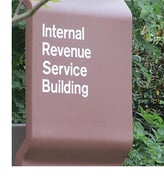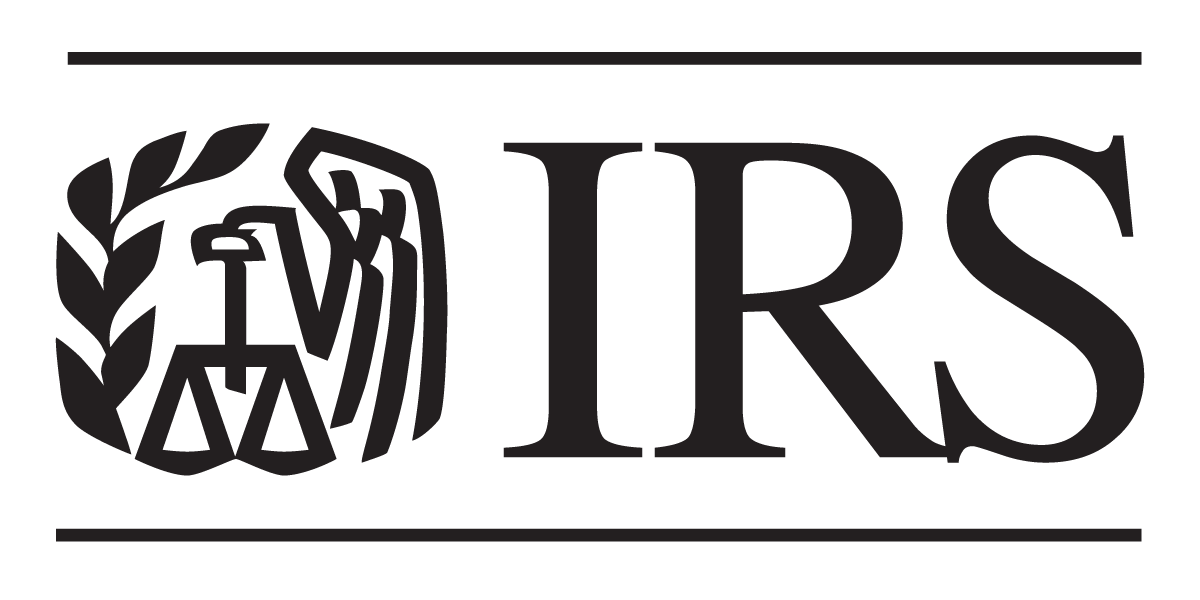The Internal Revenue Service recently announced anyone, who already took a required minimum distribution (RMD) in 2020 from certain retirement accounts, now has the opportunity to roll those funds back into a retirement account following the CARES Act RMD waiver for 2020.
 This 60-day rollover period for any RMDs already taken this year has been extended to Aug. 31, 2020, in order to give taxpayers time to take advantage of this opportunity.
This 60-day rollover period for any RMDs already taken this year has been extended to Aug. 31, 2020, in order to give taxpayers time to take advantage of this opportunity.
The CARES Act enabled any taxpayer with an RMD due in 2020 from a defined-contribution retirement plan, including a 401(k), 403(b) or an IRA, to skip those RMDs this year. This includes anyone who turned age 70 ½ in 2019, and would have had to take the first RMD by April 1, 2020. This waiver does not apply to defined-benefit plans.
In addition to the rollover opportunity, an IRA owner or beneficiary, who has already received a distribution from an IRA of an amount that would have been an RMD in 2020, can repay the distribution to the IRA by Aug. 31, 2020. The notice provides this repayment is not subject to the one rollover per 12-month period limitation and the restriction on rollovers for inherited IRAs.
Normally, this type of rollover can only occur once every 12 months and within 60 days from when the distributions occurred. This relief however, allows individuals to put distributions back into their retirement accounts even if it exceeds the regular 60-day cutoff.
 According to Zinner & Co. Partner Brett Neate, CPA, M.Tax, The ability to roll RMDs back into a retirement account for 2020 provides three main benefits.
According to Zinner & Co. Partner Brett Neate, CPA, M.Tax, The ability to roll RMDs back into a retirement account for 2020 provides three main benefits.
“First, taxpayers will experience a drop in their income tax liability due to the portion of the RMD they decide to roll back into their retirement plan,” said Neate. “Second, this drop in income may actually alter the taxation of other sources of taxable income, deductions or credits, which are dependent upon a taxpayer’s Adjusted Gross Income or Taxable Income. Many deductions and credits are phased-out once income exceeds certain thresholds. If you can stay under those thresholds, you may get more of the deductions and credits.”
The third, a non-tax benefit, allows a taxpayer to put 100 percent of the recontributed RMD back into the market, if they so choose. If a taxpayer took the RMD and invested it in a taxable investment account, they would essentially only be able to invest the portion left after the related taxes are paid.
Neate cautioned not everyone who took out an RMD should take advantage of this opportunity, as the decision to put RMDs back into a retirement account is primarily tied to an individual’s cash flow needs.
If a person is using their RMDs for living expenses, which cannot be met using other funds in a tax-efficient manner, then they probably should just keep the RMD and pay the resulting tax.
However, anyone who does not need the RMD for current expenses, should strongly consider taking advantage of this relief for the 2020 tax year.
This announcement by the IRS also serves to underscore the importance of retirement planning.
“In an average year, retirement planning and tax planning can be handled in a more casual and, perhaps, infrequent manner,” said Neate. “However, at any point where a significant event has occurred, or is anticipated to occur, it is imperative plans be revisited and adjusted to meet the current circumstances.
“It is also important to remember that with nearly every crisis, there are opportunities that arise. You and your advisors just need to be calm and rational enough to take advantage of them,” he added.
Neate urges anyone with questions regarding this announcement to call your Zinner & Co. Tax and Cash Flow Advisors.





